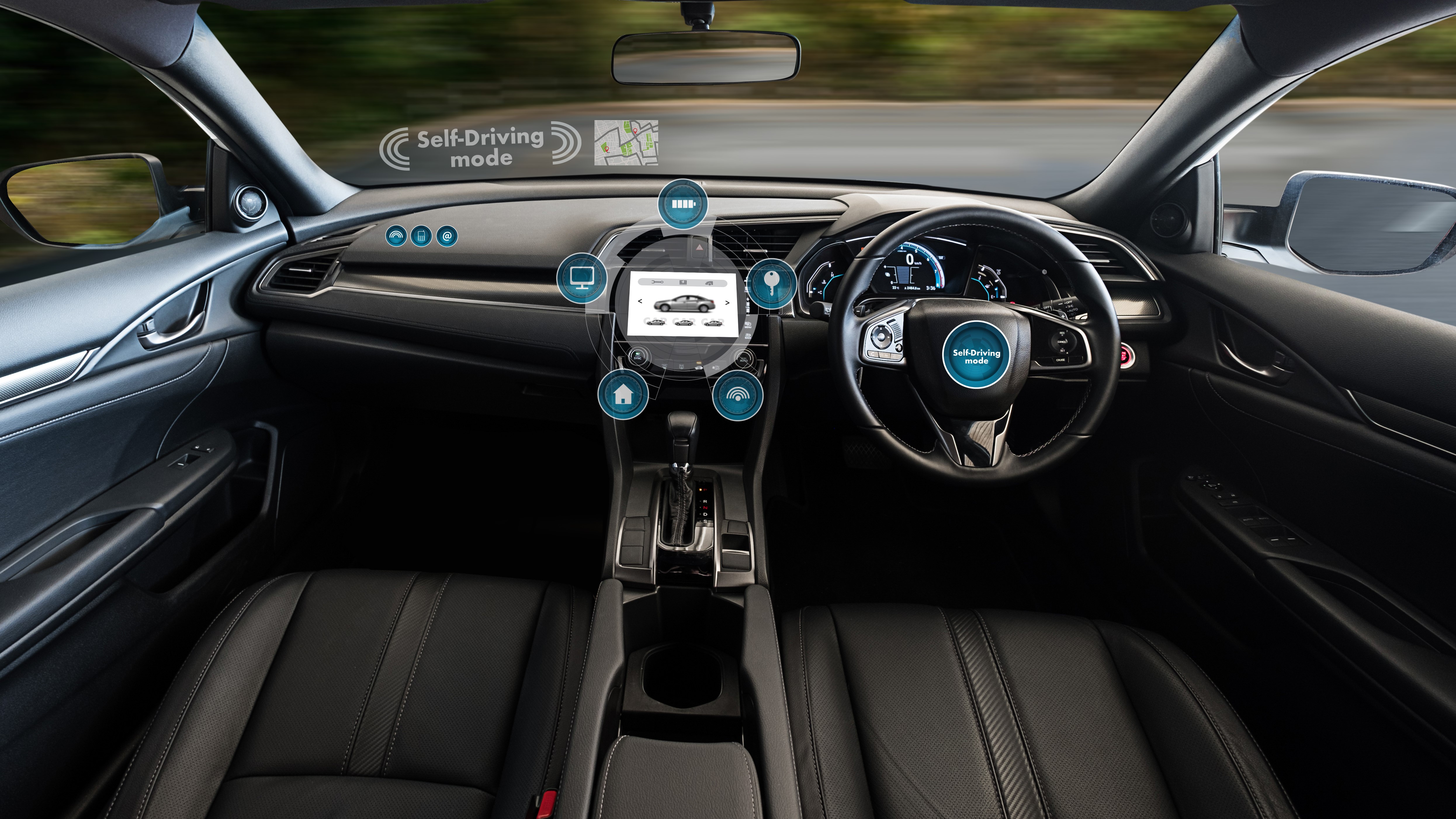Driverless cars in Arizona will no longer require a safety driver in the vehicle, as fully-autonomous vehicles get the green light.
Governor of Arizona, Doug Ducey, last week signed an executive order that legalises the operation of driverless cars on state roads, provided they meet state and federal safety standards.
“As technology advances, our policies and priorities must adapt to remain competitive in today’s economy,” he said.
“This executive order embraces new technologies by creating an environment that supports autonomous vehicle innovation and maintains a focus on public safety.”
In 2015, Ducey introduced legislation that allowed testing of autonomous vehicles in Arizona.
Following the changes, Arizona has since become a global leader in the field, with companies such as Uber, Lyft, Intel, General Motors and previously Google setting up their driverless projects in the State.
The most recent legislation moves Arizona from a testing lab to a genuine hub for driverless vehicles, with Uber already deploying driverless freight trucks onto the roads for commercial use.
Waymo, the company that was formerly Google’s autonomous vehicle project, now a subsidiary of Alphabet, has also began operating its driverless minivans on the roads.
Although the changes were only officially made last week, some companies were previously operating their driverless cars without a safety driver.
Californian changes
Across the border in California, similar changes have also been made.
On 26 February, California’s Department of Motor Vehicles (DMV) also announced that driverless vehicles in the state will no longer require a safety driver as of 2 April.
“This is a major step forward for autonomous technology in California,” said DMV Director, Jean Shiomoto.
“Safety is our top concern and we are ready to begin working with manufacturers that are prepared to test fully driverless vehicles in California.”
Alongside safety requirements, the laws also require vehicles to have the capability be operated remotely.
Manufacturers must first apply for a permit before they are allowed to release their driverless vehicles onto the roads.
There are also requirements for when things go wrong.
Companies that have been given a permit to operate their vehicles must submit an annual report on the number of ‘disengagements’ – instances where humans are forced to override the autonomous controls.
Any collision must also be reported within 10 days of it occurring.
Arizona does not have any similar public disclosure requirements.
A growing rivalry
It is no coincidence that the two states have updated their autonomous vehicle legislation within days of one another.
The new laws mark another chapter in the ongoing competition between California and Arizona to become global leaders in the field of autonomous vehicles.
Home to Silicon Valley, California has always been amongst the leaders when it comes to driverless vehicles.
But the hands-off regulatory approach of the Arizonan government, as well the dry desert weather and good quality roads, has made it an attractive spot for companies to test their vehicles.
In December 2016, Uber refused to apply for the required permit from the Californian DMV to test its driverless cars, resulting in the DMV requesting Uber cease its driverless operations.
Following the dispute, Uber put its fleet of self-driving vehicles on a truck and moved it to Arizona, and due to the less stringent regulations, a number of other companies have since followed suit.










